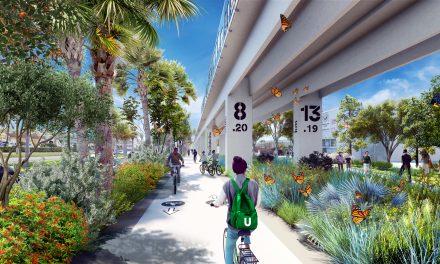On Dec. 30, the Chesapeake Bay Foundation (CBF) released a statement saying federal efforts to restore the bay have fallen short in three main areas: expanding forest buffers, air quality, and complying with the Clean Water Act in approving stormwater permits. Further actions to achieve these particular goals have not been included in the next two-year milestones. According to CBF, clear and transparent short-term goals are imperative to success.
Forest buffers are a key part of the Clean Water Blueprint, a name for the bay total maximum daily load. According to the Chesapeake Bay Program, forest buffers are the second most important practice to reduce nitrogen pollution. State pollution reduction plans call for an additional 74,867 ha (185,000 ac) of forested buffers by 2025, or 5747 ha (14,200 ac) per year on average. In 2012, an additional 1052 ha (2600 ac) of forested buffers were added, but this is less than 20% of the amount needed annually and one of the lowest acreage gains since the late 1990s, writes CBF. The Farm Bill is the primary funding mechanism for forested buffers. However, much of that funding expired in fall 2013 when Congress failed to pass an extension of the legislation.
According to the U.S. Environmental Protection Agency (EPA), atmospheric deposition is a significant cause of nitrogen impairment. EPA committed to reducing nitrogen pollution from the air by an estimated 1.4 million kg (3 million lbs). Regulations expected to achieve these reductions have, however, been tied up in court. In its statement, CBF calls on EPA to use its authority to regulate these pollutants under the Clean Water Act.
In terms of stormwater permitting, CBF raises concerns that permits are failing to set deadlines and regular benchmarks for reducing stormwater pollution, not promoting the optimal stormwater management practices, and not requiring adequate monitoring.




